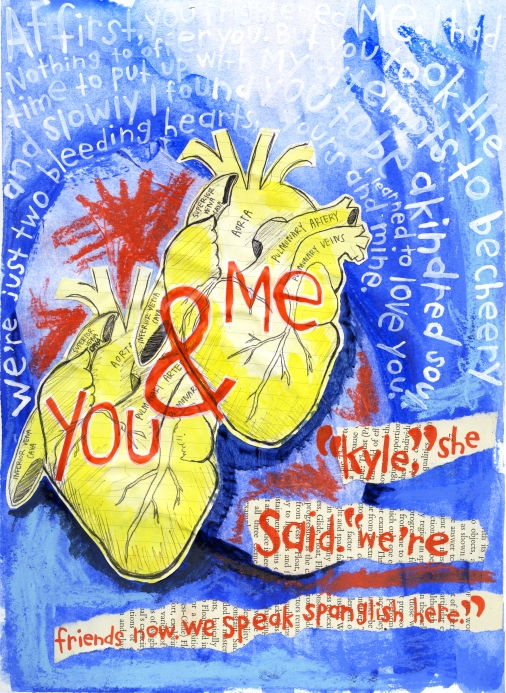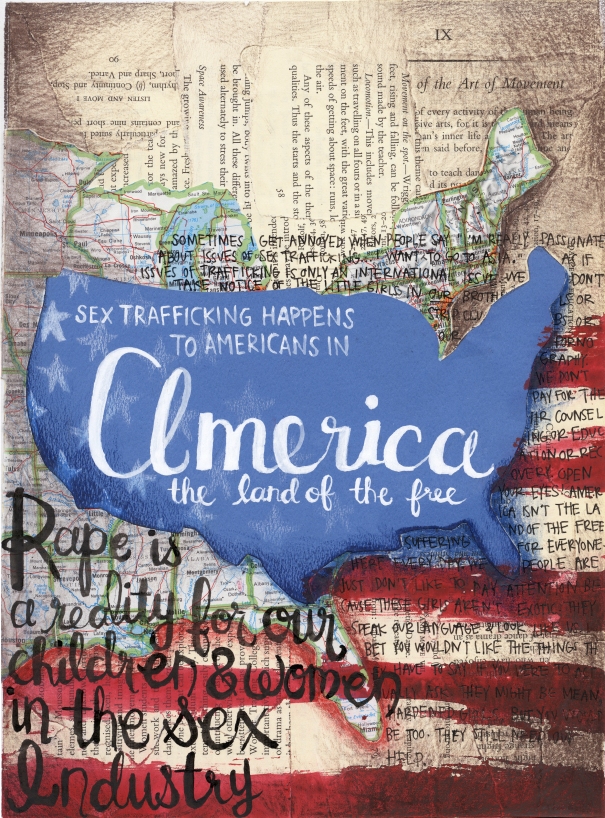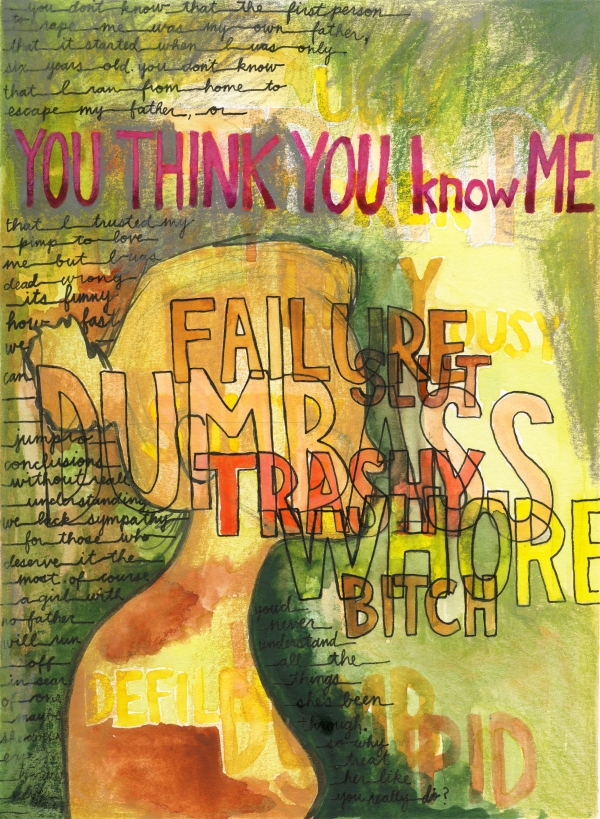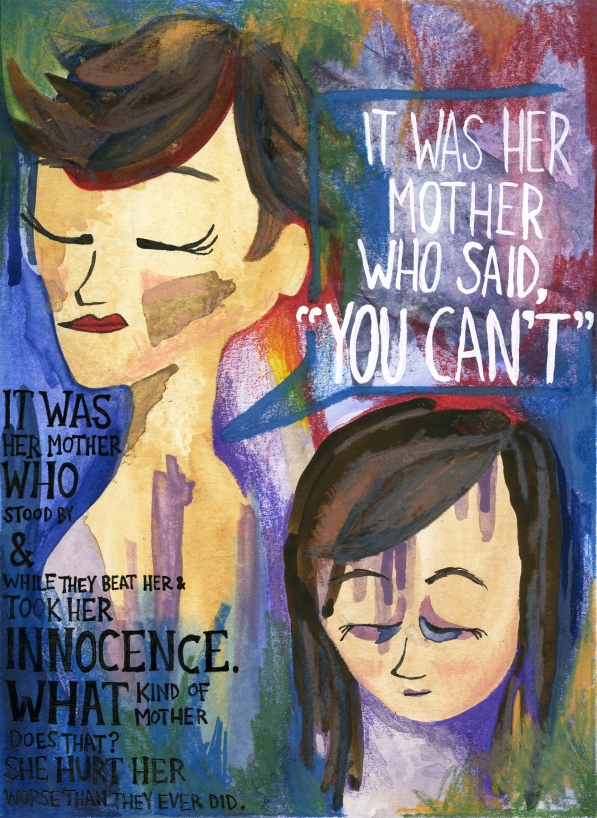The problem with numbers
The problem with numbers is that I’m not very good at them. Seriously, math has never been my favorite subject. My calculus teacher in high school had to practically bribe me to study and do well in class. Thankfully, that phase of my life has ended, but I’ve been reading an awful lot of numbers recently. Trafficking organizations are all about the numbers. I can’t tell you how many times I’ve heard that the average age of entry into prostitution is 12, or 13, or 14. I’ve read more than once that 100,000 individuals are trafficked in the United States each year. Some say as many as 300,000. Worldwide, I’ve heard that 27 million individuals are trafficked annually, while others say only 20 million, or 12 million are trafficked. What’s with all the disparity in numbers? Researchers about human trafficking have suggested that there are “no reliable estimates of the extent of the problem.”(1) Others have stated, “Much of the research produced fails to live up to academic standards common in other fields of research.”(2) There are several explanations for the varying information and misinformation that has been published.
First (and most obviously), human trafficking occurs illegally and in secret. Information is difficult to gather when traffickers to their best to avoid getting caught.(2) Yet we still continue to throw around vastly varying numbers as if they were true.
Secondly (and most importantly), the movement to create legislation to help combat human trafficking has largely been driven by activists and NGOs.(1) These organizations have done an excellent job of drawing the attention of the public. Law makers have taken notice and have written new legislation in response. These legislators need statistics in order to allocate funding for new programs and procedures, and pressure has fallen on researchers who can hardly keep up with the demand.(1) Responsibly gathering accurate information can take years of research. Under pressure to produce information, many researchers have reverted to broad estimations.(1)
It seems like an easy thing to blow off. Even I have thought, Oh well, at least victims will still receive attention they need, even if we’ve exaggerated a bit. However, as one researcher has said, “[we] fail to recognize that an inaccurate estimate of the problem is likely to result in a remedy that is equally inappropriate.”(1) Lawmakers can only respond to the information they receive; we can’t properly connect with victims unless we appropriately pinpoint victims and assess their needs.
Furthermore, exaggeration leads to donor fatigue. The individuals and organizations that provide funding for anti-trafficking groups are less inclined to continue funding projects if they see the project as unsuccessful or insurmountable. When we report millions and millions of enslaved victims, we risk a frustrated public. I’ve been researching trafficking for only a year and I have frequently felt frustrated. If the problem is so big, what are we supposed to do about it? That’s not a very good attitude. You’re doing donors a favor when you’re realistic and practical. Organizations dedicated to anti-trafficking efforts should be responsible about the information they disseminate to the public. It’s about time we all did our homework. Even a seemingly reliable government report can contain questionable information. It’s time to stop relying on numbers we can’t really trust and start speaking honestly about the issues. We know trafficking is out there. We’ve met, and seen, and heard the voices of men, women, and children worldwide. It’s okay to be honest; it’s okay to admit we don’t actually know how bad the problem may be. Organizations should focus on creating viable solutions for the victims to which they have access. When outsiders can see a program working successfully, we don’t have to use scare tactics or huge statistics to motivate patrons. I never liked numbers anyway.
1 Tyldum, Guri. “Limitations In Research On Human Trafficking.” International Migration 48.5 (2010): 1-13. Academic Search Complete. Web. 1 Mar. 2013.
2 Kotrla, Kimberly. “Domestic Minor Sex Trafficking In The United States.” Social Work 55.2 (2010): 181-187. Academic Search Complete. Web. 1 Mar. 2013.








